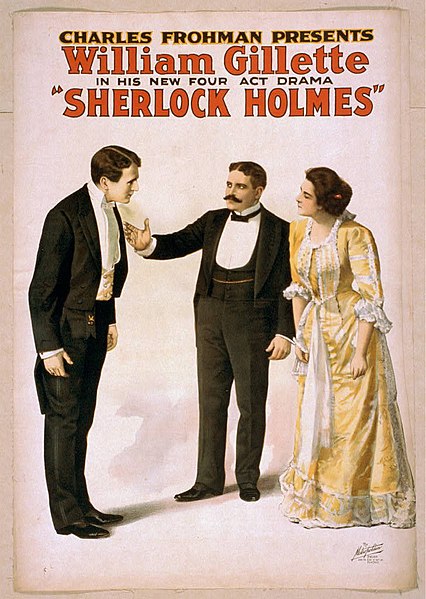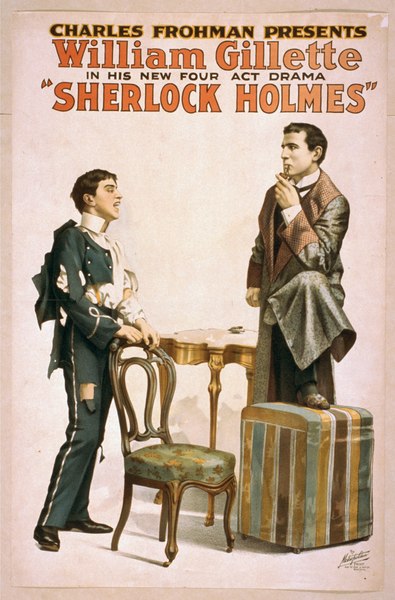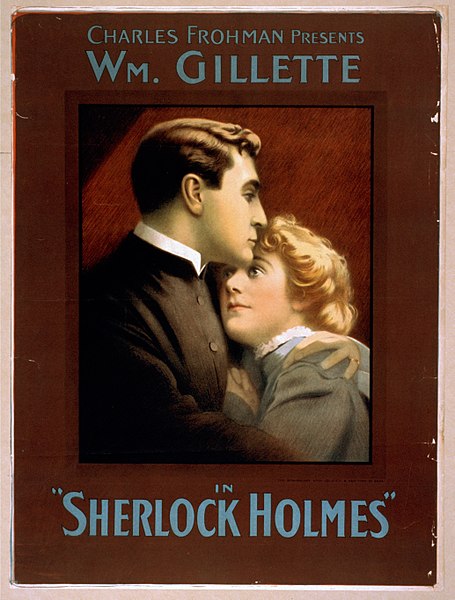
A book newly acquired by the Thammasat University Library is of interest to students in the Faculties of History, Sociology, and related fields. The Historian As Detective: Essays on Evidence was generously donated to the TU Library by Ajarn Charnvit Kasetsiri. It is shelved in the Charnvit Kasetsiri Room of the Pridi Banomyong Library, Tha Prachan campus. As all TU students know, Ajarn Charnvit is himself a distinguished historian and former rector of the university. The Historian As Detective: Essays on Evidence was edited by Professor Robin W. Winks, an historian of espionage. The TU Library owns several other books by Professor Winks.
These include British Imperialism: Gold, God, Glory; Cloak and Gown: Scholars in the Secret War, 1939-1961; Europe and the Making of Modernity, 1815-1914; A History of Civilization; Medieval Europe and the World: From Late Antiquity to Modernity, 400-1500; The Oxford History of the British Empire; and Western Civilization: A Brief History. Among his special fields of knowledge were black life in Canada, detective fiction, the environment and espionage. Cloak and Gown: Scholars in the Secret War, 1939-1961 was particularly noteworthy as a study of how American spy agencies recruited Ivy League university faculty and students. Professor Winks wrote that American intelligence agencies recruited spies from Yale University, including James Jesus Angleton, later the CIA director of counterintelligence, and Norman Holmes Pearson, a faculty member who did counterintelligence work in England. Among Professor Winks’ other books were The Blacks in Canada: a History (1971), Modus Operandi: An Excursion into Detective Fiction (1982) and Mystery and Suspense Writers: The Literature of Crime, Detection and Espionage (1998).

While some students may consider that a historian must sit in a library or archive, reading old documents, The Historian As Detective suggests that research can be far more exciting, and similar to finding out who committed a murder or other crime. There are issues of whether to believe what we read, the problem of whether testimony given at the time of events or later is reliable. There are matters involving missing persons when we try to assemble the lives of people, as well as writings that may have been lost or hidden. There are also forgeries, manuscripts which appear to be real but in fact are not reliable. Historians must consider if all people who claim to have witnessed certain events, and given interviews about it, are necessarily telling the truth. Documents too can seem to suggest one thing but really mean another. Diaries of people from the time of important historical occasions also may or may not be accurate. Historians may need to study medical and psychological evidence to understand things that have happened. They even sometimes reenact events to better understand how they occurred. In all of these ways, what historians do can be said to resemble the work of detectives and other police professionals. Both are trying to solve mysteries.
As in police work, sometimes historians never receive a full picture or all the evidence they want and need. They try nevertheless to put together a picture that makes sense, to help people understand the origin and significance of events. Earlier historians were convinced that what they were writing was absolute truth. Most of today’s researchers know that they are trying to get as close to the truth as possible, without claiming that new evidence or other witnesses might not change their point of views in future.
As Professor Winks wrote,
Mystery and detective novels are the best-selling form of popular fiction today, certainly in the United States and Great Britain, and the “historical mystery” is the most rapidly growing branch of the genre. Clearly many readers find pleasure in seeing a mystery set in the past and solved by methods not always available in our times. Of course, logic, the careful accumulation of evidence, and knowing how to ask good questions were as essential in the thirteenth century as they are in the twenty-first, and the historical mystery is not greatly removed from a rousing puzzle set in the year 2000, but there are great differences in technique and in the tools available to both the detective and the criminal. One need think only of DNA, computers, and modern photography to dramatize the gap between the mainstream detective story and the historical mystery.
Why do so many readers enjoy historical mysteries? Surely there are many reasons. These will include a desire for the presumably more ordered world of the nineteenth century. But then why are novels about the disorderly world of the fifteenth century so popular? Surely there are readers attracted to the historical mystery because the bloodshed is, on the whole, less and certainly less gruesomely revealed in most cases; because the casual vulgarities of turn-of this-century demotic speech are not to be found on the lips of even the most heinous villains of ancient Rome (though equivalents may be abundantly present, undetected by some readers); perhaps because the crimes are less threatening to us than are repetitive serial killings, accounts of wildings in Central Park, and corrupt police. Still, one notes these plot devices creeping into the historical mystery today, as they were certainly present in real life. Perhaps readers who do not much care for history as written by historians, but who enjoy thinking their way back into the past, rid themselves of any residual guilt they may have felt about discussing this subject in school.

The Historian As Detective: Essays on Evidence also observes:
The historian must collect, interpret, and then explain his evidence by methods which are not greatly different from those techniques employed by the detective, or at least the detective in fiction…. Obviously, the author of such fiction does not construct his work as the historian does, for to one the outcome is known and to the other that outcome is at best guessed. But the reasoning processes are similar enough to be intriguing.
Professor Winks points out that many historians enjoy reading detective stories, and Professor Winks himself himself wrote them, in addition to writing about them. An old example of these similarities is in a classic work, The Histories by Herodotus.
The Histories of Herodotus is considered the founding work of history in Western literature. Written in 440 BC in a dialect of classical Greek, it serves as a record of ancient traditions, politics, and geography of different cultures in Western Asia, Northern Africa and Greece. Ajarn Charnvit has donated a copy of this book too, and it is shelved in the Charnvit Kasetsiri Room of the Pridi Banomyong Library. A chapter in the book by Herodotus describes how detective work solved a mystery. A certain King Rhampsinitus was robbed by one of his workers. A builder who constructed a room to store the monarch’s collection of precious silver made his design so that it was possible to steal some of it. The builder later told his sons about this special design, and the sons stole silver from the king:
At last the king determined to have some traps made, and set near the vessels which contained his wealth. This was done, and when the thieves came as usual to the treasure chamber, and one of them entering through the aperture made straight for the jars, suddenly he found himself caught in one of the traps.
Even in ancient history, we learn the lesson that crime does not pay.

(All images courtesy of Wikimedia Commons)
